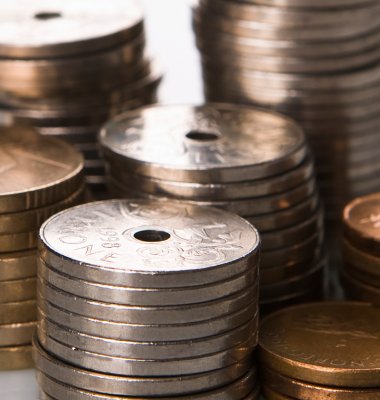January was marked by decreasing prices on energy goods. The prices on energy goods were pulled down by both Electricity, gas and steam: In Norway, production and distribution of electricity are the principal parts of this group and natural gas prices. The reason for the decreasing prices on electricity was twofold, according to the weekly reports from the Norwegian Water Resources and Energy Directorate (nve.no). The first reason was that production of wind power in the Nordic countries throughout January was high. Secondly, there was milder weather. Among other factors that contributed to the decrease in PPI for January we find the wood and wood product industry and refined petroleum products. These already came from a decrease in December which continued with a larger decrease in January with negatives of 1.0 and 2.2 per cent, respectively.
Price increase in manufacturing
The decrease in PPI in January was slowed by a continued growth in the prices in the manufacturing sector, which in total increased by 1.6 per cent in January. In January we also saw an increase in the growth rates of prices in the manufacturing sector. The increased growth rate was mainly due to some subgroups that saw small price changes in December and then had significant price increases in January. Among these we find the basic metal industry and the fabricated metal product industry.
For the total price growth in the manufacturing sector the basic chemicals again stood for a large part of the growth, even though we can see the price increase was lower in January than in December. At the opposite end of the spectrum, we find the wood and wood product industry and refined petroleum products, which dampened the average price growth in the manufacturing sector. These groups had a price decrease that was significantly lower than in December.
Updated weights for 2022
The PPI is calculated as a weighted mean of price changes. For the PPI to best reflect the structure of the Norwegian industry, the Weights: The weights are calculated based on the production and export values from the latest finalized national accounts. To ensure the basis of weights being as actual as possible, the production values on more aggregated levels are based on estimates from quarterly national accounts. This results in the basis of the weights will always be referenced by the year before the index period. are updated each year. The new weights take effect from January.
PPI measures the development in prices on quarrying and extraction, including related services, manufacturing, electricity, gas and steam and water supply. The weights on extraction of crude oil and natural gas accounted for 42 per cent of the total PPI in 2022, a marked increase from 2021, where these weights accounted for about 26 per cent. It is the large increase in value on natural gas that has the most contribution to this. Crude oil also increased its importance from 2021 to 2022, whereas services related to this extraction had their share of the value decreased compared to last year.
The share of value on manufacturing in total fell in 2022, compared with 2021. In 2022, these industries stand for about 46 per cent in PPI, compared to 62 per cent in 2021. All manufacturing industries had decreasing weights in comparison with last year. The manufacturing industries that have the largest shares in PPI are the food industry, the basic metals industry and the refined petroleum products industry. The food industry has a share of 12 per cent of total PPI. The share here in 2021 was about 17 per cent. The share of the values on both basic metals and refined petroleum products was at about 5 per cent each in 2022
Electricity, gas and steam, which mainly consists of production and distribution of electricity, had a strong price increase from 2020 to 2021, up 90 per cent in PPI. This contributed to a doubling of the value share for 2022 compared to 2021. This was not due to distribution, which had a small reduction in 2022. Electricity, gas and steam combined therefore gets a larger importance in PPI for 2022, compared to 2021, with an increase in value share on 1.6 percentage points, for a total of 6 per cent of total PPI.
